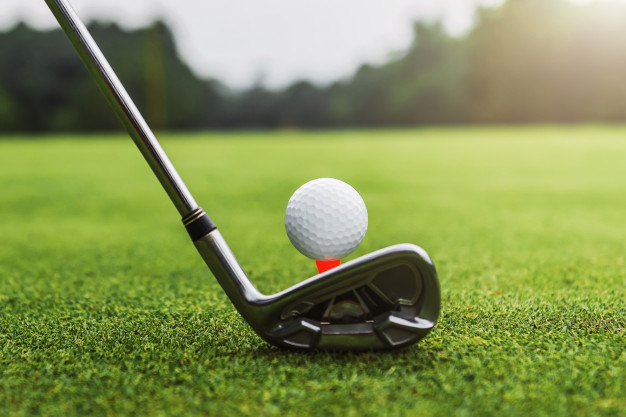The game of golf is unique in many ways. One of them is how golfers swing a club. To hit the golf ball, a player can stand on the left or the right side of the ball, depending on the situation.
That means a clubhead has to be constructed to suit both right and left-handed players. Unlike tennis or croquet, if a left-handed golfer wants to swing the club from his usual standing, he will have to hit the golf ball with the wrong side of the clubface.
As far as assumptions go, you would assume southpaws to favor playing with the left hand in golf, but that’s not always the case. Typically, factors like the dominant eye and eye-to-hand coordination play a big role in deciding how a player will choose to swing the club.
In short, to play golf proficiently, you have to be aware of how to distinguish between a left and a right-handed golf club and use it to your advantage.
The Difference Between Right and Left-Handed Golf Clubs
If you’ve stumbled upon this article while searching for pointers to tell right-handed and left-handed golf clubs apart, then you’re in luck. Read the following points carefully to understand how the orientation of gold clubs works:
● Club heads
One of the easiest ways to tell apart a right-handed golf club from a left-handed one is to observe the clubface. Start by setting the club head of a golf club on the ground (or a flat surface), and keep the clubface directed towards you. If the hosel is angled to the right, then you’re holding a right-handed golf club.
Similarly, a left-handed golf club will have a hosel (where the club head is attached to the shaft) angled to the left. This way, a player using a right-handed golf club will stand on the right to hit the golf ball, and a player using a left-handed golf club will stand on the left. Remember, it’s all a matter of perspective.
● Golf club parts
If you happen to be a golf aficionado – then you’re likely aware of the different types of golf clubs and their constituent parts. Putters are somewhat exceptional to the right and left-handed orientation debate. That’s mostly because putter shafts are bent, and therefore have to be designed to either be right-handed or left-handed.
Conversely, all other golf clubs have no distinct difference in constructional orientation, except when it comes to the club head. In truth, no other component of a golf club (except for putters), be it shafts or grips, is specifically designed to fit a right or left-handed golf club. So, the club head of a right-sided golf club can be attached to the shaft of a left-handed one, and no one would know the difference.
How To Choose Between A Right-handed Or Left-handed Golf Club
If you’re trying to decide which golf club orientation suits you better, the first thing you need to do is get yourself to the gold course and try out both types of clubs.
Nothing will help you decide better than your own preference, but you can try out the following trick to reassure yourself. For instance, start by trying to figure your drive leg – the leg you naturally favor for balance.
You can achieve this by standing in an upright position, with your legs placed close to each other, and then ask a friend to give you a slight push from the back. The leg that you use first to gain your balance will tell you are right or left-handed.
If your right leg is the one you rely on, then you’re a leftie and vice versa. Figuring out your orientation this way will also improve your game, and then you can actively make decisions in golf while knowing how to best utilize your drive leg.
Conclusion
The way to improve in golf is similar to how you get better at decision making in life – practice. The only thing you should remember is that you are your worst opponent in golf. The game is designed to test your skill, technique, and patience.
Once you’ve figured out what your natural preference is concerning right or left-handed golf clubs, you should only focus on improving your overall performance in the game.


